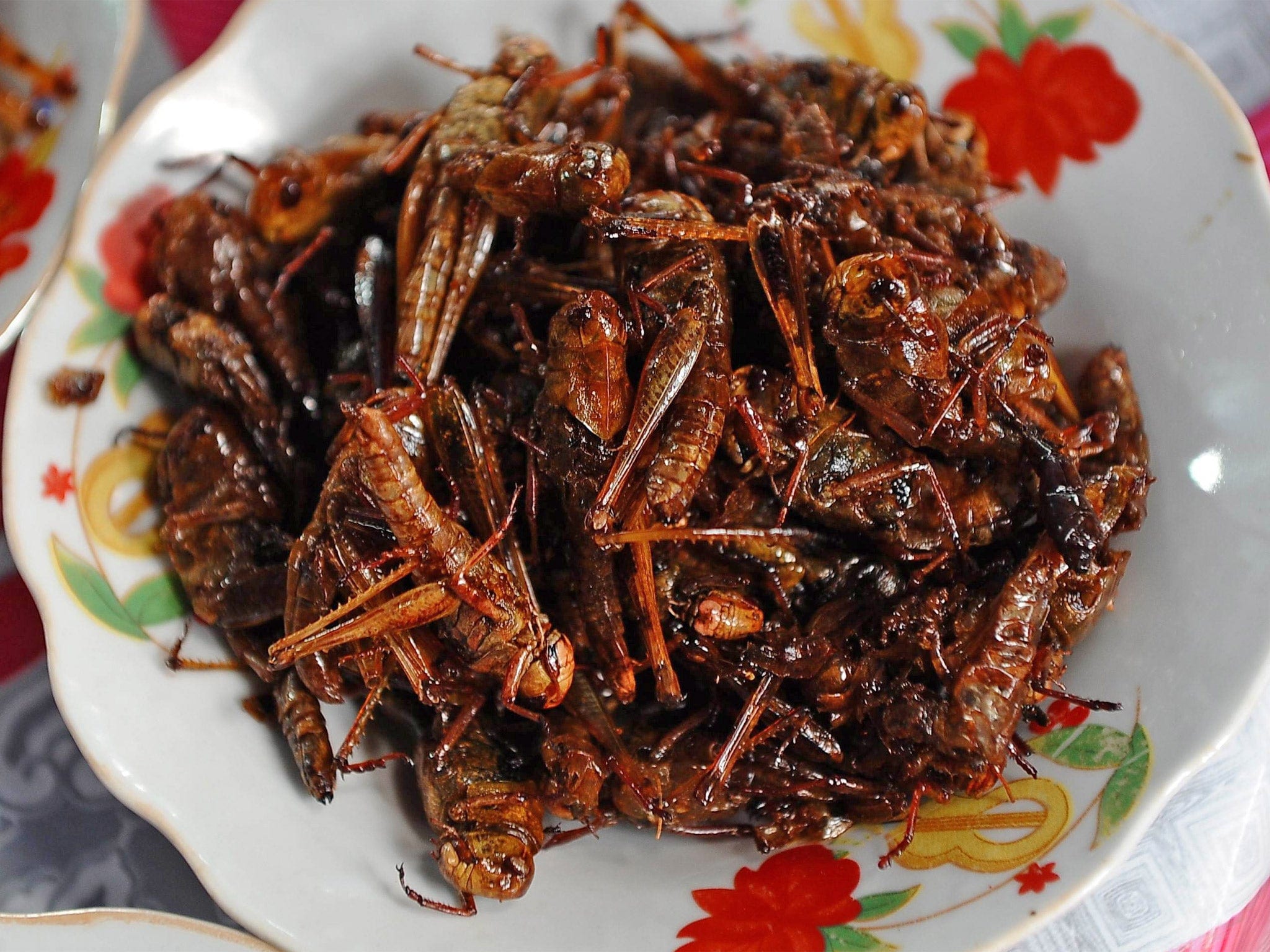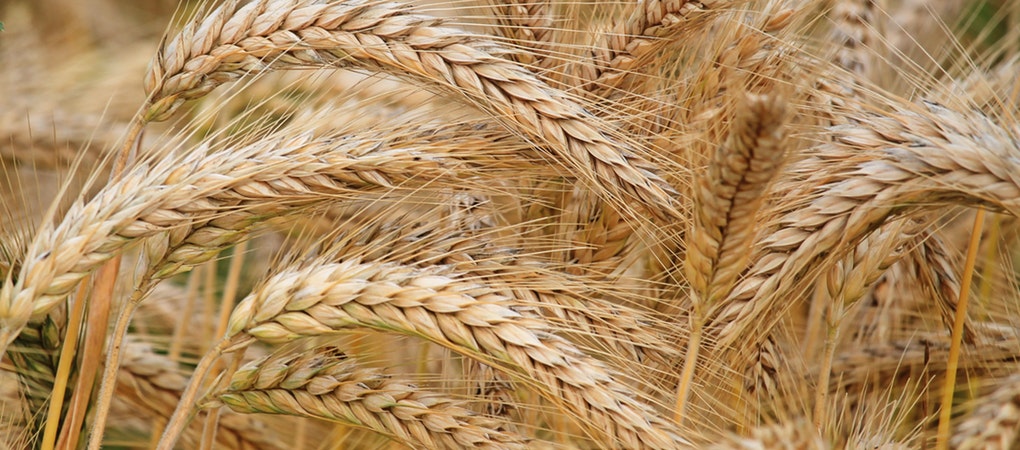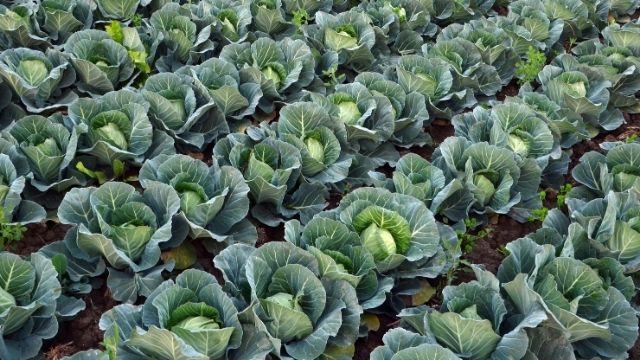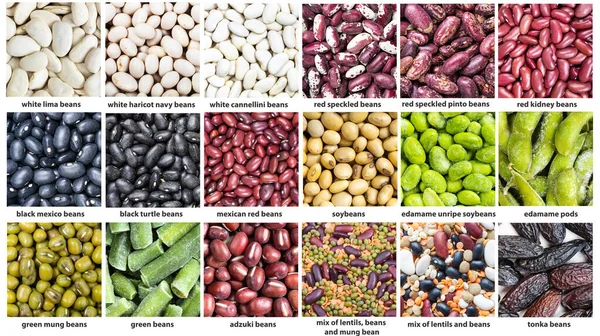The current desert locusts invasion in Kenya continues to cause panic across the country. A month after they invaded the country, the voracious insects have destroyed large tract of land in Kitui, Embu, Turkana, Tana River and Baringo counties. This is in addition to eight counties making their invasion in 13 counties. Reports from FAO and IGAD show mature swarms have laid eggs which will hatch from February forming matching hopper bands in March. Given the insects’ high reproductive and mobility potential, their conquest will keep growing. This will significantly reduce our livestock and crop yields this year.
Related: Locusts Invasion in Kenya: The Threats
Though this invasion threatens our food security, it also provides many advantages for Kenyans. In this post, we outline how Schistocerca gregaria are a source of human food and supply raw material to process animal feed. This also provides entrepreneurship opportunities for innovative individuals and firms among other benefits.
Source of human food
At least two billion people in different countries feed on edible insects including the desert locusts. According to FAO, Locusts are rich in proteins and fat. A 2015 study established locusts to be rich in sterols compounds. These have cholesterol-lowering properties good for heart health.
There are many recipes to prepare locust meals. You can roast, boil or fry them. In Kenya, people either roast them directly in coal, steam them in pots or fry them in a mixture of onions, tomatoes and other spicy ingredients. You can also find additional recipes here. As they deny you a bounty harvest, you can make them a nutritious meal.
Caution
You should only eat unsprayed locusts. Further, make sure they have consumed non-sprayed vegetation. Their Collection, handling and preparation have to be hygienic to avoid food contamination. Some people are allergic to locusts if they eat, touch or inhale their wing scales and should be cautious.
Raw materials for livestock feed
Animal feed processing in Kenya suffers from an inadequate supply of raw material. Innovative feed processing companies and companies can use desert locusts as an alternative source. They will need to capture many unsprayed insects. They have to be safely dried and stored. They can be chopped and mixed with other materials to make cow, poultry and fish feed.
Locusts are a rich source of proteins and fats. You can feed them to fish, livestock and birds. There is evidence that locust feeds can increase the weight of animals and improve the taste of tilapia. Broiler and cattle farmers can use chopped dried and ground locusts.
Sell desert locusts control products
There are many innovative ideas on how people and businesses can make money from locust invasions.
One can capture, store or process animal and human foods. Others can focus on surveillance, monitoring and controlling the spread of locust swarms. Farmers, feed processors and hotels can contract “locust hunters” to capture and supply them with unsprayed locusts. These people will need to be supplied with capture nets, storage baskets and silos.
More ideas are in control of locust plagues. These involve the distribution of pesticides, application equipment and sprayers. The use of safety nets and greenhouses protects high-value crops from pests. Entomologists and agronomists can advise farmers on affordable and safe control products opening advisory businesses for them.
Researchers can bridge the knowledge gap by providing simplified information about locusts. Distribute it through affordable materials such as podcasts, blogs, videos and books. You can vary topics and focus on the behaviour of locusts, how to capture locusts, best recipes to prepare locusts, etc.
Research and Development
The current locust invasion in Kenya has revealed several gaps in our disaster management and preparedness. Our approach was majorly reactive contributing to poor surveillance and spraying operation. This was because of various reasons including insufficient resources, inadequate pesticide, and knowledge and skills gap among others. As a country and region, we need to be more prepared for future invasions.
Read Next: How to Control Desert locusts using Safe Methods
Climate change is likely to make future invasions severe and frequent. There is a dire need to package the existing knowledge including lessons learnt in other regions where control of locusts has been safely successful. Areas of concern include the biology and behaviour of locusts, control and mitigation measures, surveillance and monitoring methods as well as forecasting and communication.
Other areas include bio-pesticides research, capturing methods, recipes and safe storage methods among others.



